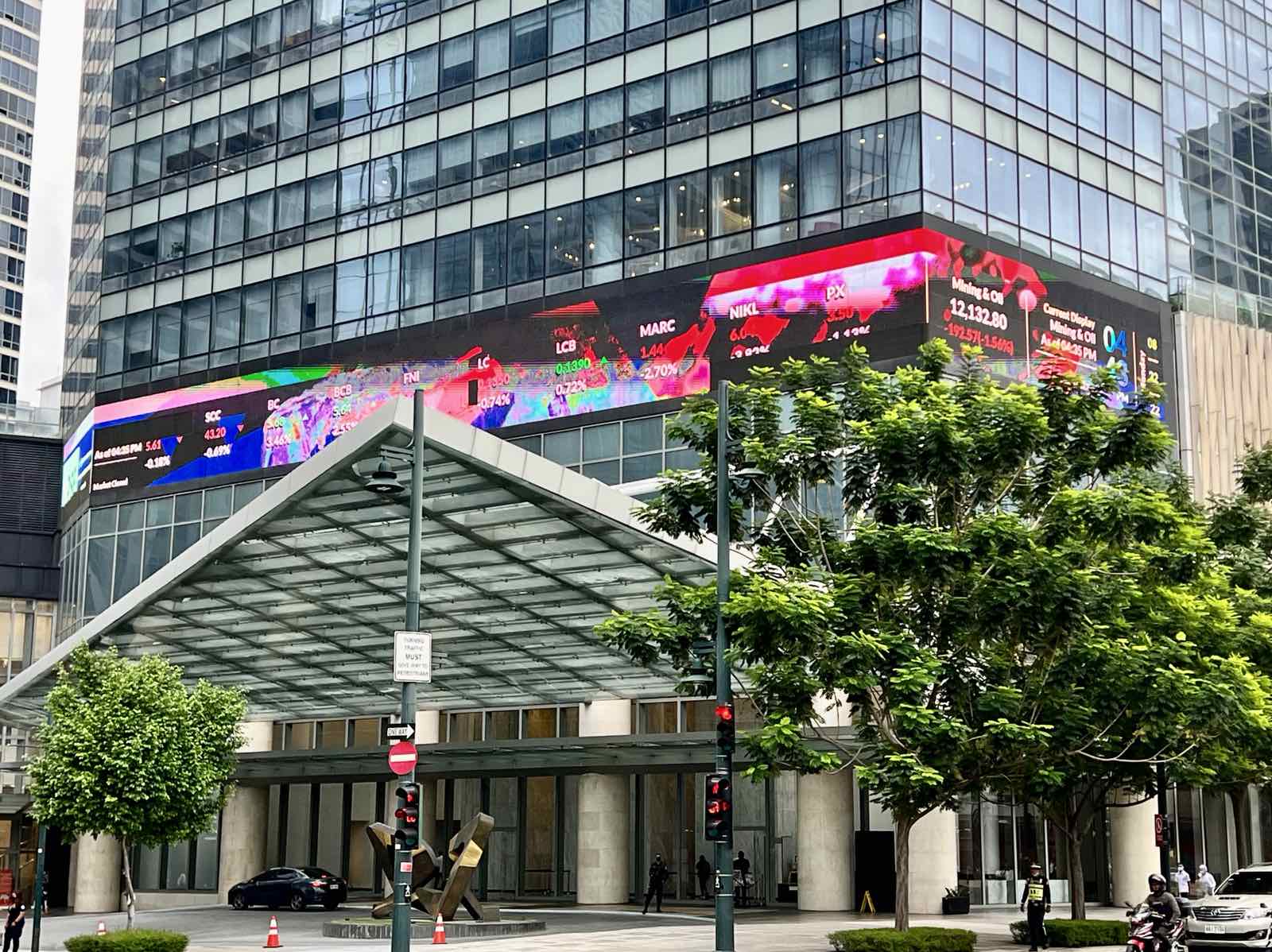
FOR years, government officials have been touting the Philippines' chances of becoming an upper-middle-income economy despite all the challenges that the country has faced and with with it continues to grapple
The Marcos administration pledged to achieve this by 2025, but changes to the World Bank's thresholds have made this more difficult. The country is still classified as lower-middle income, a status it has held since 1987.
Gross national income (GNI) per capita rose to $4,230 in 2023, up from $3,950 in 2022, but this is still within the lower-middle income range of $1,146 to $4,515. This was updated from the $1,136 to $4,465 level set last year.
To achieve upper-middle income status, GNI per capita has to hit $4,516 to $14,005, higher than the previous range of $4,466 to $13,845.
Union Bank of the Philippines chief economist Ruben Carlo Asuncion said the desired income status could be achieved in a year or two with consistent gross domestic product growth of 6.0 percent or higher.
Growth slowed to a below-target 5.5 percent in 2023 after surging to 7.6 percent a year earlier. For this year, growth has, so far, averaged 6.0 percent and will need to stay at that level in the second half for the government's 6.0- to 7.0-percent target to be achieved.
GNI per capita, Asuncion said, is influenced by factors such as economic growth, inflation, exchange rates and population growth. To achieve high-income status, he added, the country must undergo two key transitions: accelerating investments, and restructuring enterprises and economic structures.
"Creating a good investment climate to encourage diffusion of ideas from abroad into the local economy," the economist said.
"This basically borders on allowing more investments to come into the country and making investment into the country to be easy and have less red-tape issues," he added.
Moody's Analytics economist Sarah Tan also said reforms and policies to boost inbound investment would be crucial for transitioning the Philippines out of middle-income status.
"Improving the business and investment climate will boost job creation, leading to skills transfer and increased labor force participation," she said.
"This will help to improve the country's per capita income, which faces a speed bump due to an elevated poverty rate."
Tan also said investing in education will enhance workforce quality and productivity, leading to higher income and purchasing power.
"Further, the Philippines has a large, young population. This demographic profile is a tailwind for the country's economy," Tan said.
"A large, young population will keep the size of the workforce robust, provided that the net outflow of migrants is kept under control and a large population of income-earners will support consumption, boosting the Philippines' potential growth," she added.
In August, the World Bank warned that many middle-income countries were facing "serious obstacles" with regard to hitting high-income status in the next few decades.
Countries in the middle-income "trap," it said, often struggle to compete with low-wage economies in the area of manufactured exports and with advanced economies in high-skill innovations.
They fail to transition from resource-driven growth, characterized by low-cost labor and capital, to productivity-driven growth.
Since 1990, 34 countries have successfully moved from middle-income to high-income status, overcoming the middle-income trap. Of these, around 25, mainly from the European Union, have made the transition since 2000.
In Asia, South Korea was the most recent country to escape the middle-income trap, achieving high-income status in 2001. Currently, Malaysia is the only Asean country expected to reach high-income status in the next five years.
Moving from middle-income to high-income status has been challenging globally with the average time taking 23 years between 1960 and 2014.
However, according to the Asian Development Bank (ADB), developing Asia has made this transition faster, averaging just 19 years. Notable economies in the region that have achieved this include Hong Kong, South Korea, Singapore and Taiwan.
The Manila-based lender noted that many countries are trapped because they can't compete internationally in low-wage, labor-intensive goods due to high wages; nor can they compete in high-value activities on a large scale due to low productivity.
This results in slow growth and limited potential for improving living standards.
"The key factors were the individual countries' strong support for innovation, knowledge and human capital development, technology adoption, protection of intellectual property rights and infrastructure investment," it said.
It said that Korea was able to shift its status by transitioning from heavy industry in the 1970s to high technology industries starting in the mid-1980s.
"This shift was accompanied by the government upgrading infrastructure, deregulating the finance sector, introducing education reforms to promote science and technology, building up the country's research and development capacity, and providing tax subsidies and other incentives for the private sector to play a larger role in the knowledge economy," the ADB said.
This transition will be more challenging and risky as countries become more integrated into the global economy and vulnerable to external shocks.
Union Bank's Asuncion warned that without clear vision and planning, the Philippines risked missing its chance to achieve higher income status.
He also noted that poor leadership could lead to long-term suffering due to a lack of direction.
"Of course, the risks are numerous. One is that the Filipinos will be shortchanged of what they actually deserve. Filipinos will miss the train that UMI (upper-middle income) status will provide to as many of the population," Asuncion said.
"Another is that intergenerational opportunities to get ahead in the economy would be clouded and may eventually disappear," he added.
He argued that effective mitigation depends on strong leadership and creating opportunities for all Filipinos to improve and prosper.
Read The Rest at :








